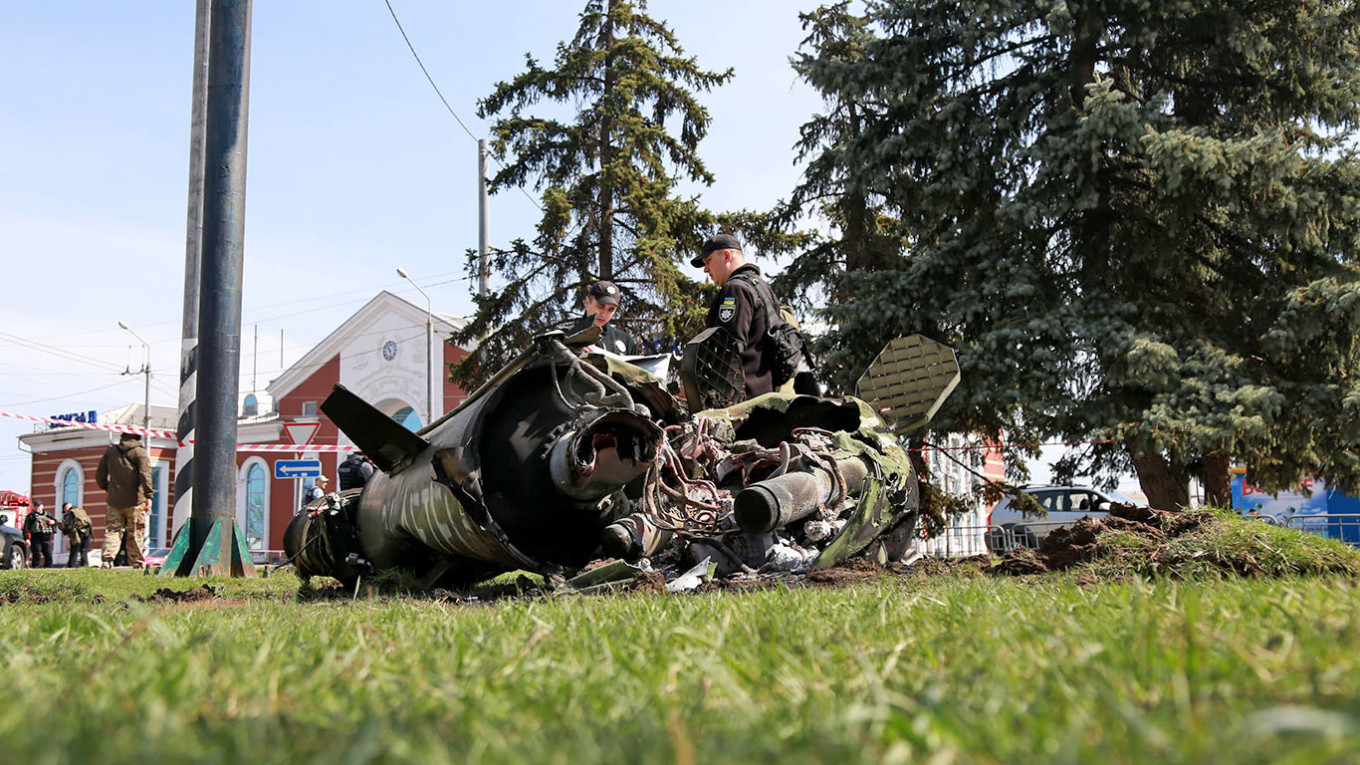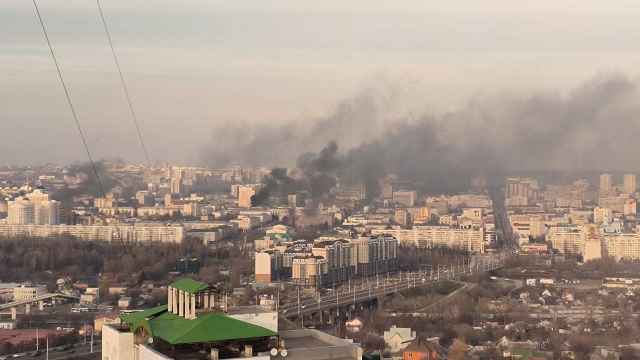Precision-guided missiles have been one of the weapons of choice for the Russian Armed Forces since invading Ukraine in late February.
These domestically produced missiles have been responsible for some of Russia’s most deadly attacks in Ukraine, including on the Ukrainian port city of Odessa and on a train station in the eastern Ukrainian city of Kramatorsk, where a Tochka-U missile reportedly killed 57 and injured at least 100 fleeing civilians.
In total, Russia has fired 2,154 missiles at Ukraine since the beginning of the invasion, according to a statement last week by Ukrainian President Volodomyr Zelensky.
But these attacks have become rarer in recent weeks, leading to speculation from Western officials, analysts and media reports that Russia’s missile stocks are running low.
We look at Russia’s use of missiles, whether stocks really are seriously depleted, and what a lack of such munitions could mean for Russian tactics in Ukraine.
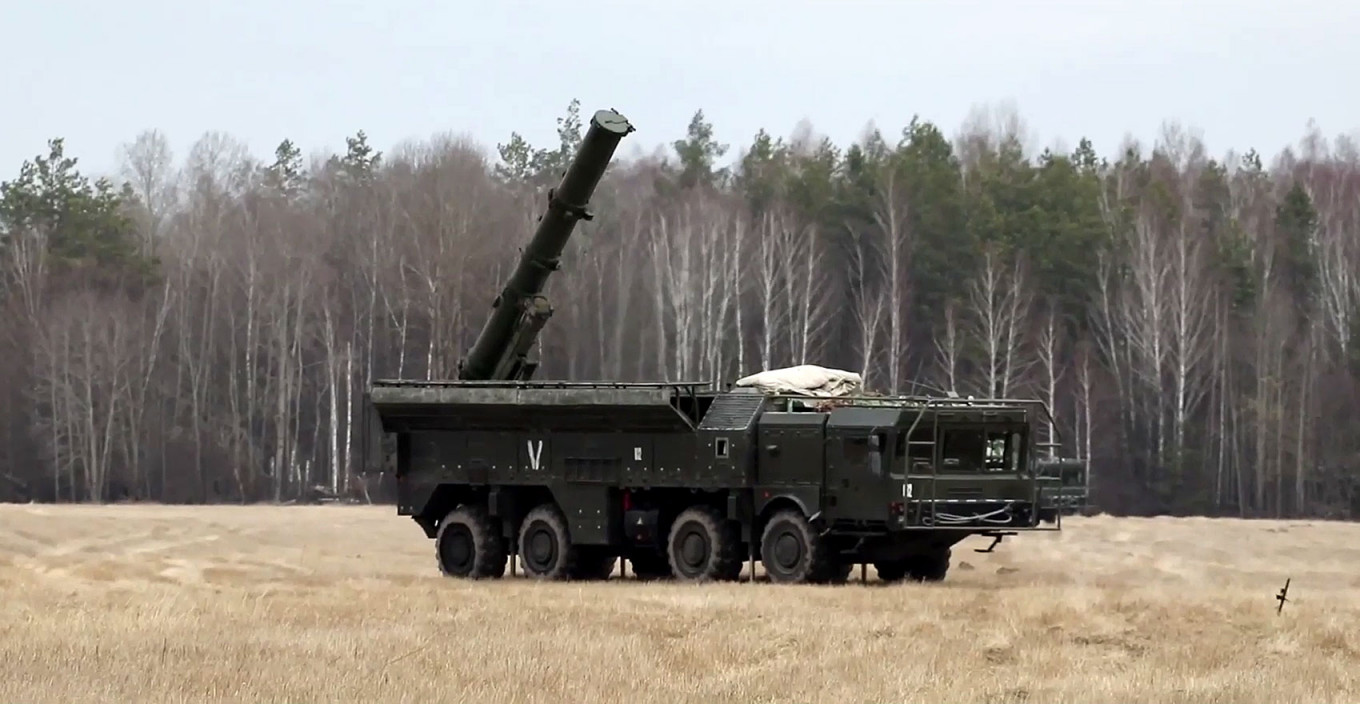
What is a “precision-guided missile”?
Precision-guided missiles, also known as “smart munitions,” are designed to be extremely accurate. They are fitted with “seeker” systems, which enable them to change flight paths after launch and hit specific targets from long distances. Russia’s Iskander-M missile, for example, can travel up to 500 kilometers and hit an area the size of a paddling pool.
What missiles has Russia been using in Ukraine?
Russia has used a number of smart munitions in Ukraine.
These include Kh-101 and Kh-55 cruise missiles, which are launched from fixed-wing aircraft such as the Tu-95 Bear and Tu-160 Blackjack bombers. Such missiles have been regularly spotted flying over Ukraine on their way to their targets, and were used in April attacks on Odessa, according to military analyst Rob Lee.
In addition to cruise missiles, Russia has fired a number of ground-launched ballistic missiles at Ukraine, including the Tochka-U and the Iskander-M. Whereas cruise missiles are self-propelled at subsonic speeds, ballistic missiles are much faster — they use an initial rocket motor to propel them in a mostly unpowered arc to their target.
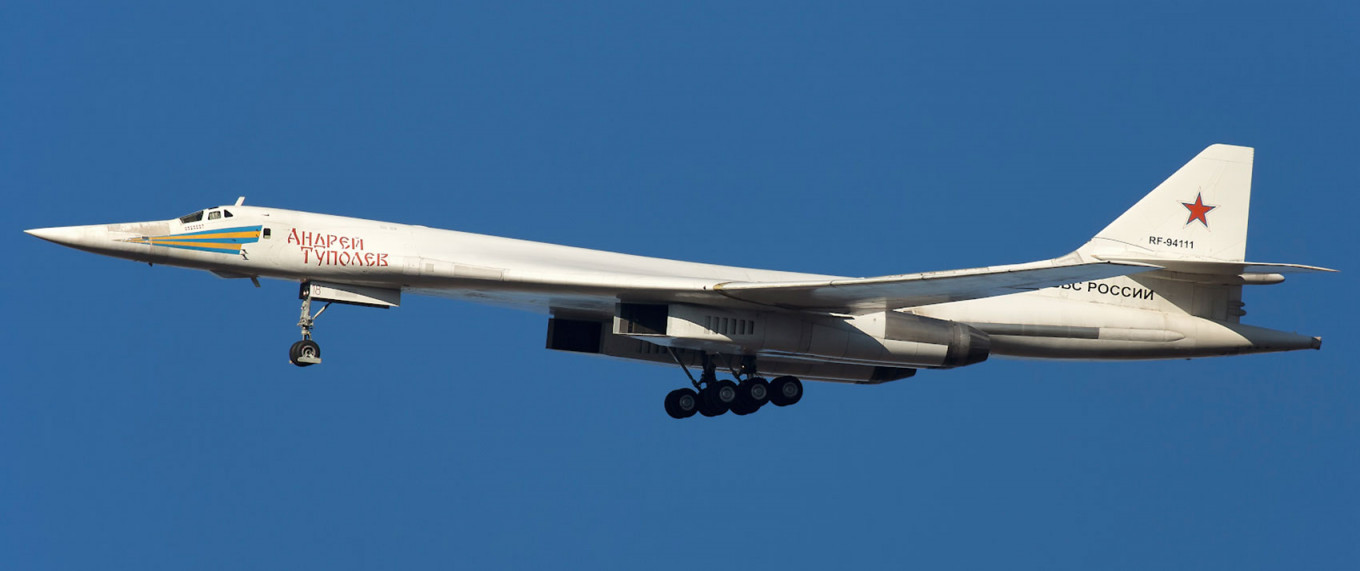
One of Russia’s most famous ballistic missiles, the Iskander-M, is a short-range ballistic missile system manufactured in the town of Kolomna, near Moscow. Capable of carrying conventional and nuclear warheads, Iskander-Ms fly at an altitude of about 50 kilometers. This is far higher than cruise missiles such as the Kh-101, which travel at tree-top height.
The Russian Defense Ministry last month released footage of troops firing an Iskander-M into Ukraine. According to the state-run TASS news agency, an Iskander-M was responsible for an attack on a Ukrainian training base for foreign volunteer soldiers in March.
In addition, Russia has also fired a small number of Kalibr-M cruise missiles. Frequently used by the Russian military in Syria, Kalibr-Ms are ship-launched, and have a range of up to 2,000 kilometers. The Russian Navy launched Kalibr missiles from a submarine in the Black Sea earlier this month, according to TASS.
Why use precision-guided munitions?
Precision-guided munitions are prefered in modern warfare because of their effectiveness and their ability to minimize collateral damage.
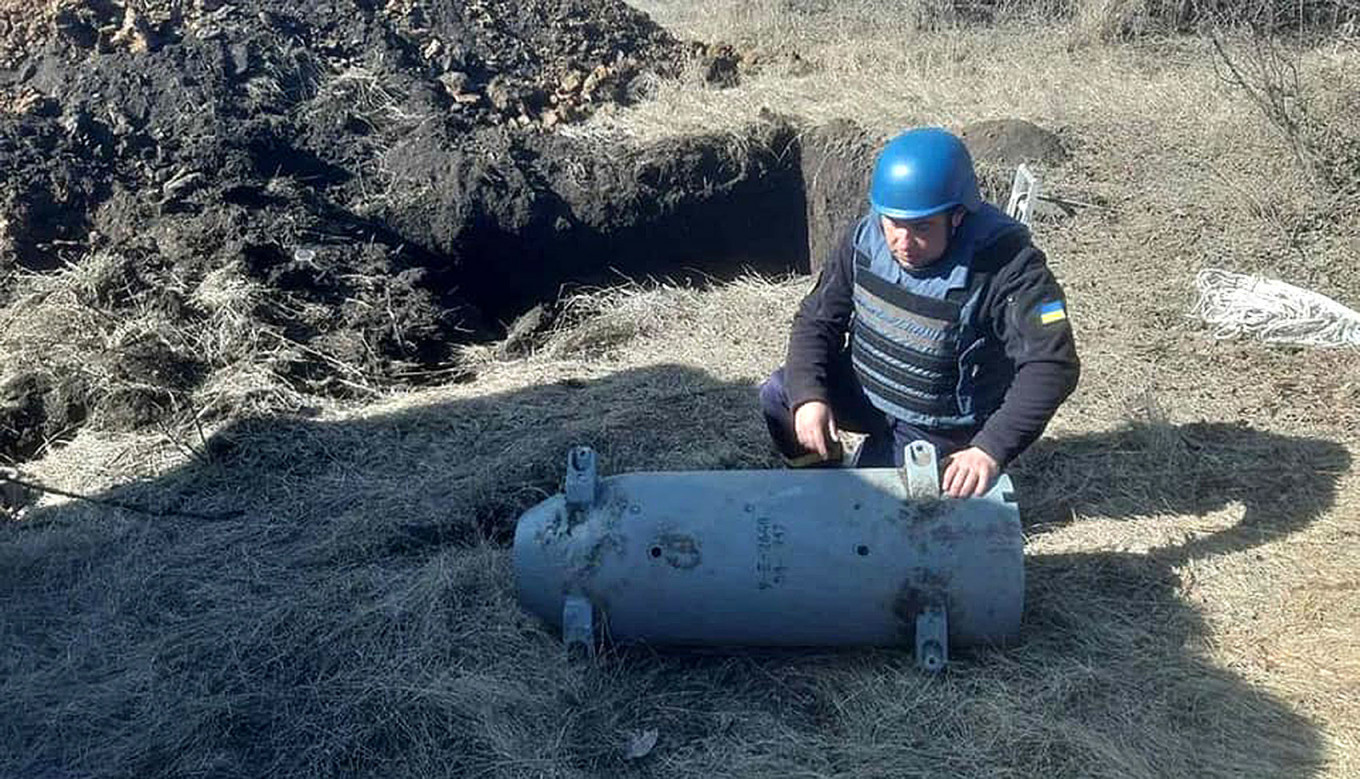
“Using precision munitions, you can send two aircraft to service a target, whereas in World War II, you would have had to send 100,” James Lewis, an analyst at the Strategic and International Studies Institute in Washington, told The Moscow Times.
Precision missile attacks should also cause fewer civilian casualties.
However, there are serious questions about the effectiveness of Russian missiles. Russia’s Kh-101 has proved highly-unreliable in Ukraine, with U.S. officials assessing Russia it has suffered a 60% failure rate, according to Reuters.
Many of Russia’s missiles do not even reach their targets, according to U.S. officials.
Where does Russia fire its missiles from?
Throughout the war, Russia has chosen to hit Ukraine with precision weaponry from areas firmly under Russian control.
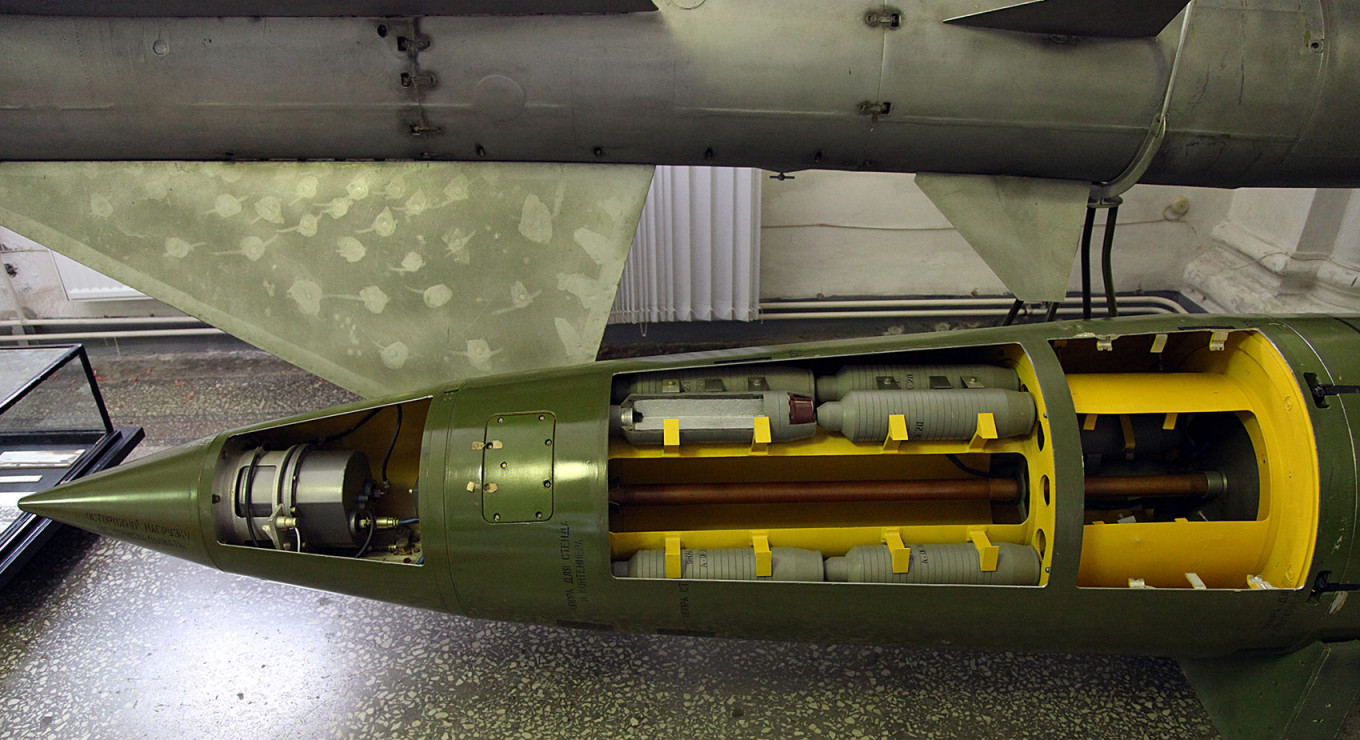
“Their tactic has been to operate offshore, or out of country, using long-range cruise missile strikes from aircraft orbiting over Belarus, Kalibrs from the sea, or Iskanders coming in from Russia proper,” said Robert Bell, a former NATO official.
Is Russia running out of missiles?
Russian tactics in the first months of the war mean that their stocks of precision munitions are now seriously depleted, according to some analysts and Western officials.
“There are no volleys of long-range cruise missiles anymore, and there are almost no Iskander strikes,” independent military analyst Pavel Luzhin told The Moscow Times.
A U.S. official told journalists in a briefing earlier this month that Russia is “having inventory issues with precision-guided munitions.”
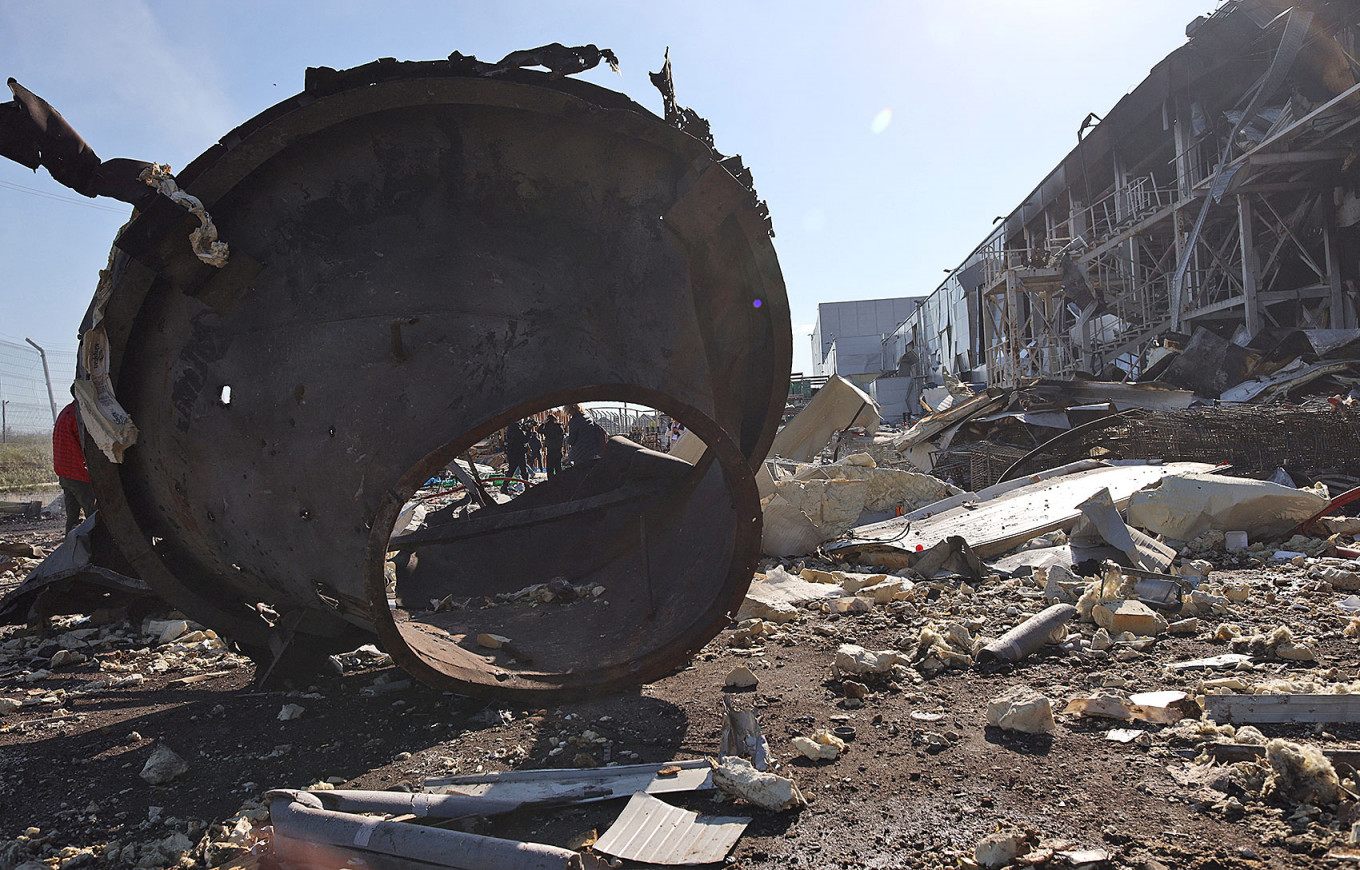
These reports are corroborated by a change in Russian tactics, particularly an increasing use of conventional unguided bombs, notably in the port city of Mariupol. Unguided munitions were allegedly used for attacks in Mariupol on the Azovstal steel factory, defended by Ukrainian soldiers, as well as on a maternity hospital and a theater.
Can’t Russia just produce more missiles?
Many analysts believe that Western sanctions mean Russia will struggle to replace its reserves of precision missiles.
In particular, the guidance systems for precision missiles require semiconductors and transistors that are neither manufactured in Russia nor available from China, according to expert Lewis.
“So unless the Russians have planned ahead and stockpiled munitions or Western microelectronics, or ramped up production pre-war, they’re going to run out of gas when it comes to precision guided munitions,” Lewis said.
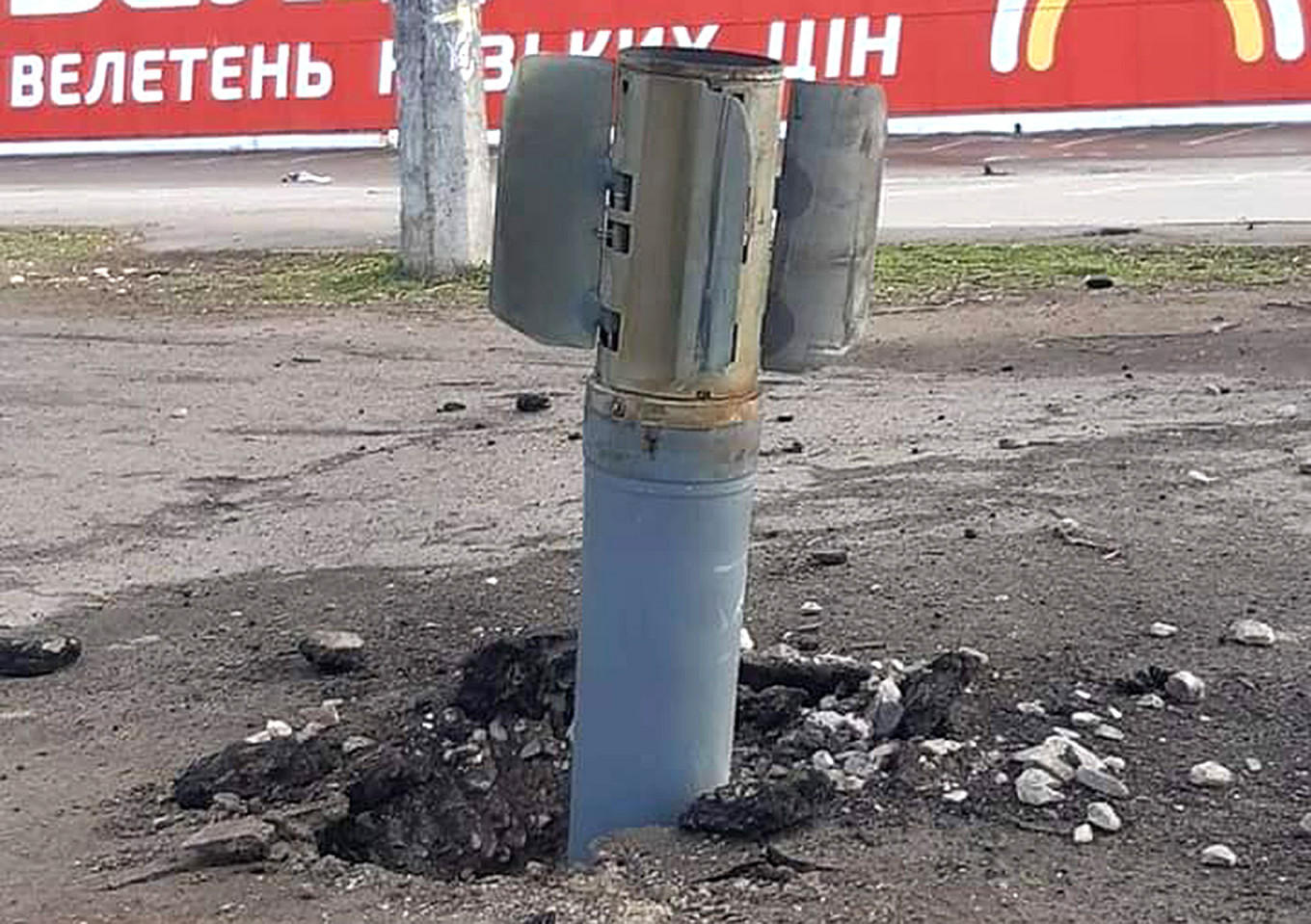
What happens if Russia runs out of precision weapons?
Falling stocks of precision munitions will likely mean Russia looks to alternatives.
For example, there has been a recent uptick in Russian air sorties, with pilots conducting operations in Ukrainian airspace with unguided munitions.
This will likely mean a corresponding uptick in civilian casualties, analysts said.
Zelensky said that 60 civilians were killed last week in Russian air strikes, including one that hit a school in the village of Bilohorivka where 90 civilians were sheltering.
“They're going to use the Air Force to hit ground forces… [and use] unguided munitions, which will cause a lot of collateral damage,” said Dara Masicott, a senior policy researcher at the U.S.-based Rand Corporation.
A Message from The Moscow Times:
Dear readers,
We are facing unprecedented challenges. Russia's Prosecutor General's Office has designated The Moscow Times as an "undesirable" organization, criminalizing our work and putting our staff at risk of prosecution. This follows our earlier unjust labeling as a "foreign agent."
These actions are direct attempts to silence independent journalism in Russia. The authorities claim our work "discredits the decisions of the Russian leadership." We see things differently: we strive to provide accurate, unbiased reporting on Russia.
We, the journalists of The Moscow Times, refuse to be silenced. But to continue our work, we need your help.
Your support, no matter how small, makes a world of difference. If you can, please support us monthly starting from just $2. It's quick to set up, and every contribution makes a significant impact.
By supporting The Moscow Times, you're defending open, independent journalism in the face of repression. Thank you for standing with us.
Remind me later.



